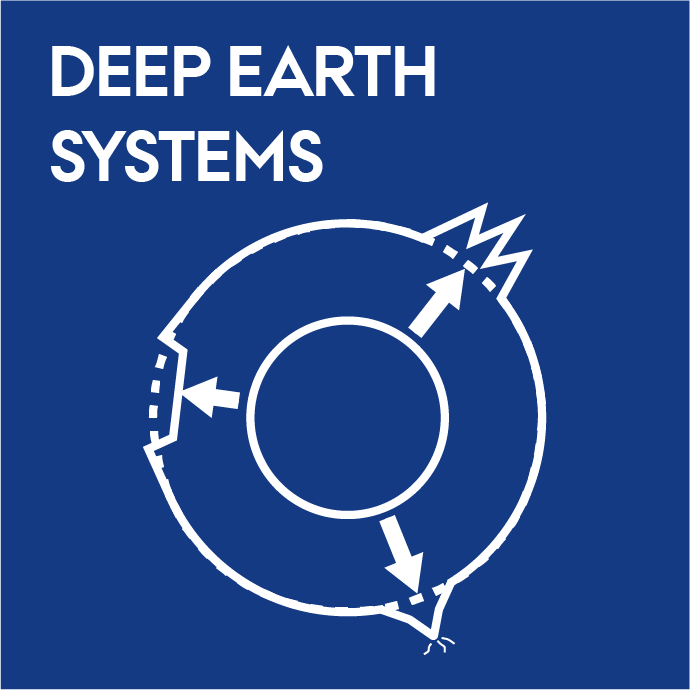
The study of the deep interior of the Earth provides knowledge of its physical and chemical state and internal structure. Heat and dynamic convection within the Earth’s core and mantle drive plate tectonics, which creates continents, oceans, mountain ranges, sedimentary basins, and triggers volcanism and earthquakes. Ultimately, processes in the deep Earth have controlled the origin and evolution of life and the distribution of critical elements and resources.
To study and teach deep Earth processes we
The understanding of deep Earth processes is applied to address global challenges of climate change (carbon storage), resource supply, and sustainable energy (geothermal energy).